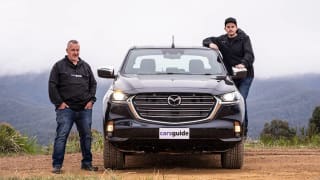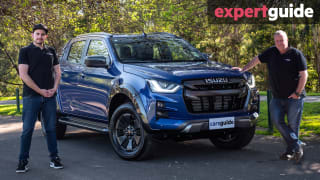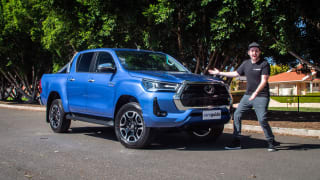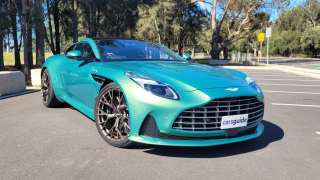Our test vehicle is the XLS model grade, which although offering a choice of 4x2 or 4x4 drivetrains is available only as a dual cab with 2.0-litre Bi-Turbo diesel and 10-speed automatic transmission, for a list price of $54,330 plus ORCs.
The XLS is a more upmarket version of the base XL. To justify its higher price, the XLS adds 16-inch alloy wheels with 255/70R16 tyres and a full-size steel spare, black grille with silver accents, halogen fog lamps, side-steps, front parking sensors, six-speaker sound, power tailgate lock and carpet flooring with driver’s mat.

This is in addition to the XL’s new 10.1-inch portrait touchscreen which serves as ‘central command’ for numerous infotainment and climate control functions. The XLS has two 12-volt accessory plugs and three USB ports.
Our example is also equipped with optional spray-in load tub-liner and 3.5-tonne tow bar with electronic trailer brake controller. It’s also fitted with the XLS Tech Pack comprising SYNC 4A connectivity, DAB+ digital radio, dual-zone climate control including air-vents for rear seat passengers, keyless entry with push-button start and premium body-coloured door handles. And its striking Sedona Orange paint is one of many optional prestige colours.



















